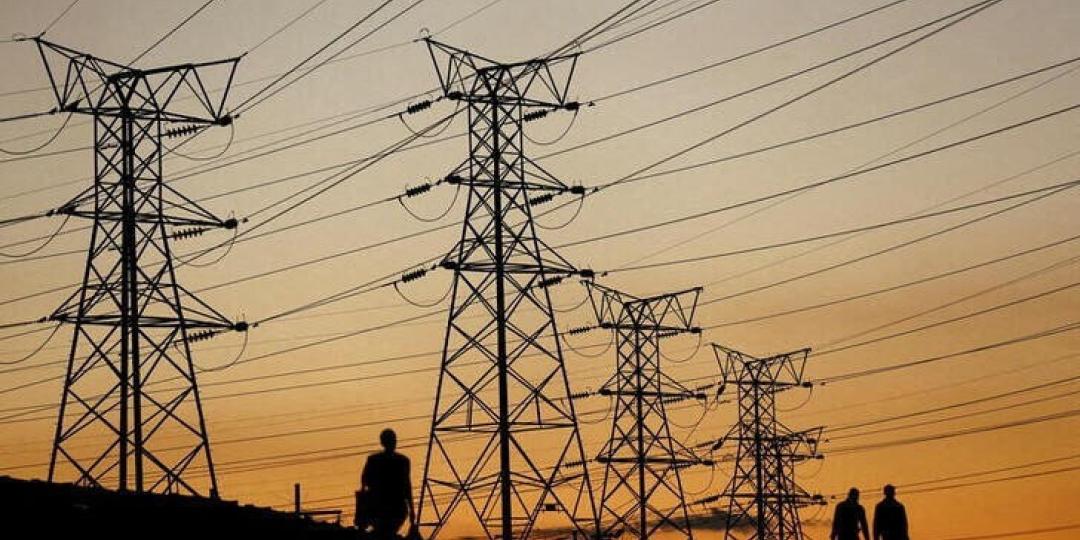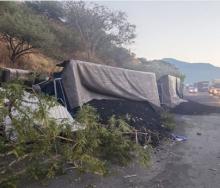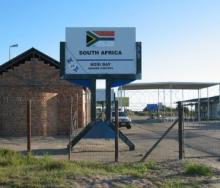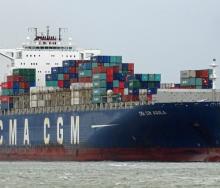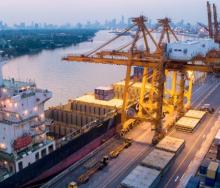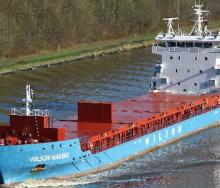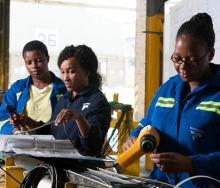South Africa could be out of stage six load-shedding danger for the time being – provided that nothing major goes wrong at Eskom, which of course is highly likely – if the power utility approves a plan to procure 1 400 megawatts from the private sector.
This has emerged after Rudi Dicks, head of the Presidency’s Project Management Office, announced that the state-owned power company was urgently looking into procuring surplus energy from industry.
Should the proposed plan come to pass, which is expected by this coming weekend, South Africa’s energy grid could be boosted since it will have the equivalent of one stage worth of electricity fed into the system, potentially avoiding punishing planned outages when load-shedding is ramped up to four and a half hours twice a day.
Dicks’ announcement yesterday confirms what outgoing utility CEO André de Ruyter said in September last year, that public enterprises minister Pravin Gordhan had approved the procurement of surplus power from industry.
It wouldn’t be a first for Eskom as it already receives 25 megawatts from the Ngodwana biomass power plant on the N4 in the Lowveld, and a further 10 MW from the adjacent paper mill.
Proceedings were however hampered by the National Energy Regulator of South Africa’s (Nersa) determination over Eskom’s next set of tariff increases.
The 18.65% increase elicited criticism and remonstration across the country as consumers and civil society pressure groups decried the predicament of a country expected to pay more for less – literally.
Eskom chief financial officer, Calib Cassim, has since said that the increase is necessary as without it the utility has no revenue.
Charging for electricity at current levels, regardless of load-shedding and the impact on Eskom’s bottom line because of reduced consumption, will impede the utility’s ability to procure surplus energy, it seems.
